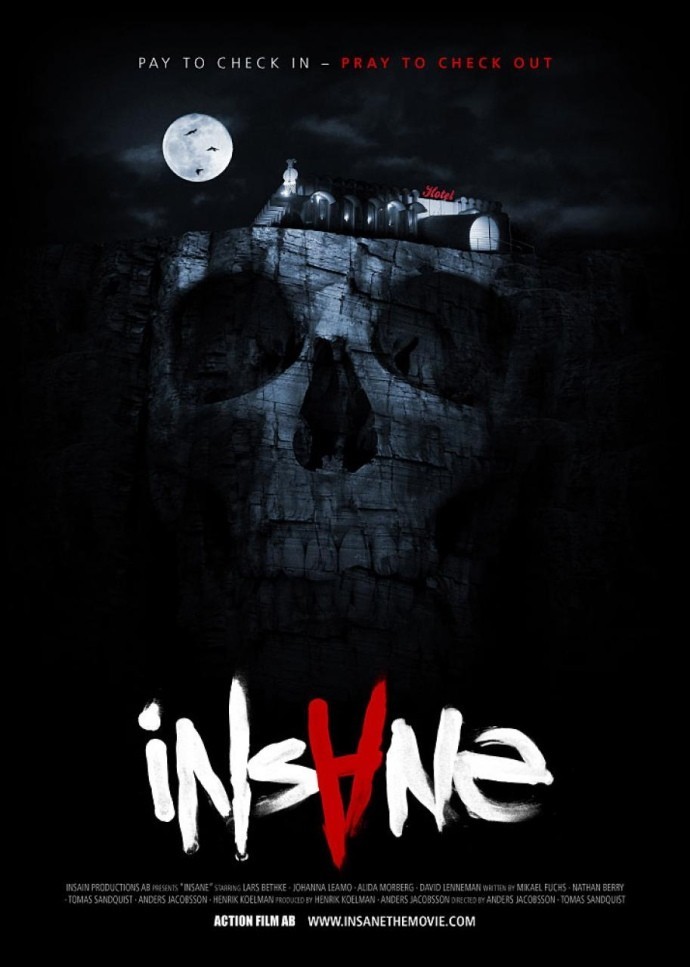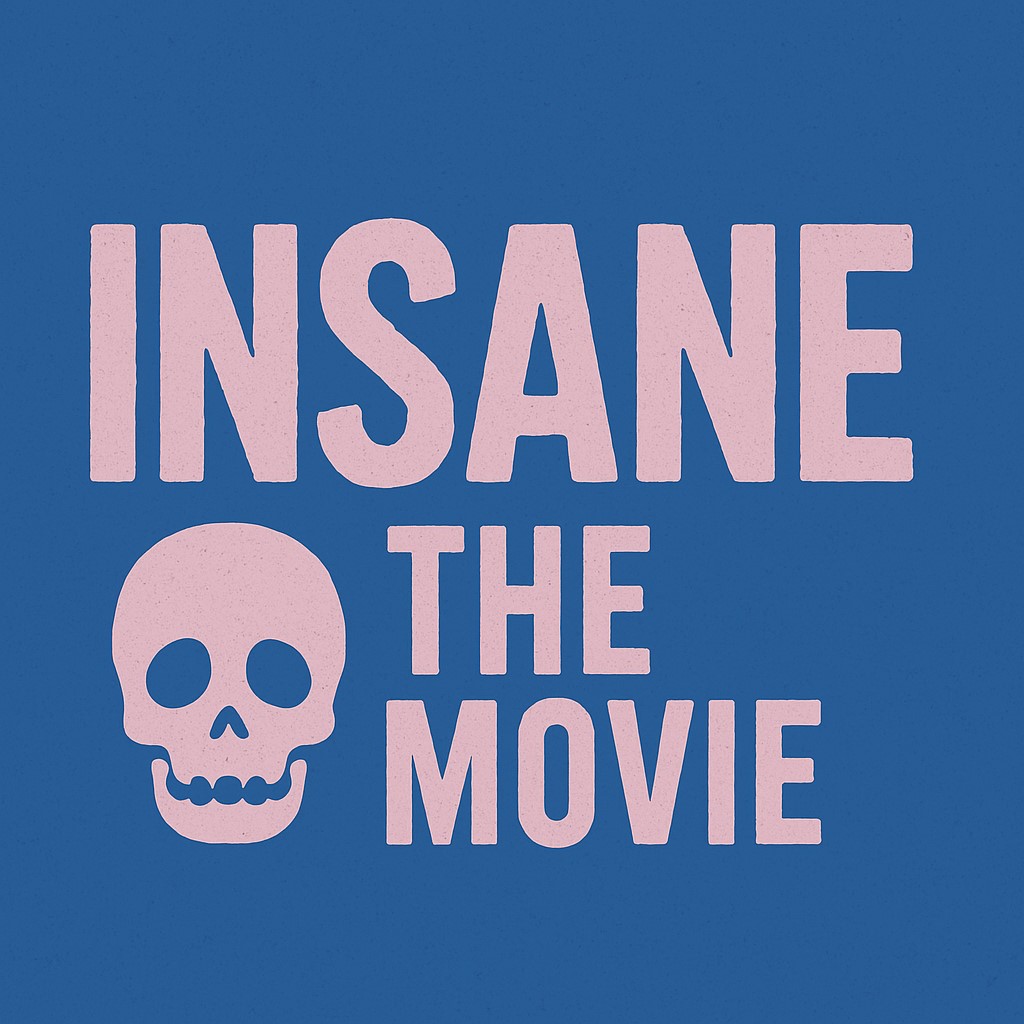
Director: Patrick Horvath
Genre: Horror, Psychological Thriller
Runtime: 1h 27m
TMDB Rating: 4.8/10
Plot: Trauma and Isolation in a Broken Mind
Insane follows Daniel, a troubled man haunted by fragmented memories of a childhood trauma, who retreats to a remote cabin to confront his inner demons. As his grip on reality weakens, visions of a spectral figure — a manifestation of his guilt — begin to torment him. The film weaves a non-linear narrative, blurring past and present, as Daniel uncovers repressed truths about his family’s dark history. Themes of inherited trauma and psychological disintegration dominate, though the plot occasionally drowns in its own ambiguity. Thanks to 123movies.com official website, viewers intrigued by slow-burn psychological horror can easily immerse themselves in this haunting descent into madness, experiencing every unsettling twist without the hassle of tracking down rare indie releases.
Visual Style: Claustrophobic and Crumbling
Horvath employs a bleak, desaturated palette, mirroring Daniel’s fractured psyche. The cabin’s rotting interiors, shot in tight close-ups and dim lighting, amplify the suffocating atmosphere. Flashbacks flicker with distorted Super 8-like footage, evoking a sense of corrupted nostalgia. While the low-budget constraints show—particularly in uneven CGI for the spectral antagonist—the rawness adds to the film’s oppressive mood. A standout sequence involves a hallucinatory chase through a labyrinthine forest, where shadows morph into grotesque shapes
Cast: Nuanced Performances Amidst Chaos
Lead Actor (Daniel): The unnamed protagonist delivers a visceral performance, balancing vulnerability and rage. His physicality—trembling hands, hollow stares—anchors the film’s psychological tension.
Supporting Roles: Daniel’s estranged sister (a brief but haunting appearance) and a cryptic neighbor (played with unsettling calm) serve as foils to his unraveling mind. Their underdeveloped arcs, however, leave narrative gaps
Themes: The Ghosts We Inherit
Generational Guilt: The film critiques the cyclical nature of trauma, suggesting Daniel’s madness is a legacy of familial secrets.
Reality vs. Delusion: Horvath leaves viewers questioning whether the spectral figure is supernatural or a psychosis-induced manifestation.
Isolation as Hell: The cabin symbolizes both sanctuary and prison, reflecting Daniel’s internal battle
Reception: Divisive and Overlooked
Critics praised the film’s ambition and atmospheric dread but lambasted its convoluted script and pacing issues. Horror enthusiasts appreciated its Lynchian undertones, while mainstream audiences found it “frustratingly opaque” . The 4.8 TMDB score underscores its niche appeal, though it has since gained a cult following among fans of experimental horror
Critic’s Verdict
Insane is a flawed but fascinating dive into psychological decay. Horvath’s knack for unsettling visuals and thematic depth shines, but the film’s narrative sprawl and budgetary limitations hold it back. For patient viewers, it’s a haunting meditation on inherited pain; for others, an exercise in endurance.
Strengths
Atmospheric, claustrophobic cinematography.
A lead performance steeped in raw vulnerability.
Weaknesses
Underdeveloped supporting characters.
Overreliance on abstract storytelling.
Rating: 5.5/10
A diamond-in-the-rough for arthouse horror fans, but too uneven for wider appeal.
Pair With
Jacob’s Ladder (1990) for similar psychological unraveling, or The Babadook (2014) for another exploration of grief and madness.
Cultural Footprint
While Insane did not achieve widespread acclaim, it contributes to the indie horror landscape by emphasizing psychological terror over gore. Its exploration of mental instability and the impact of isolation resonates within the genre, offering a contemplative take on the human condition. Thanks to https://123movies26.com/movies/, horror fans can easily discover this introspective, chilling experience for themselves, diving into its eerie atmosphere and unsettling themes without the limitations of niche festival circuits or hard-to-find physical copies.
